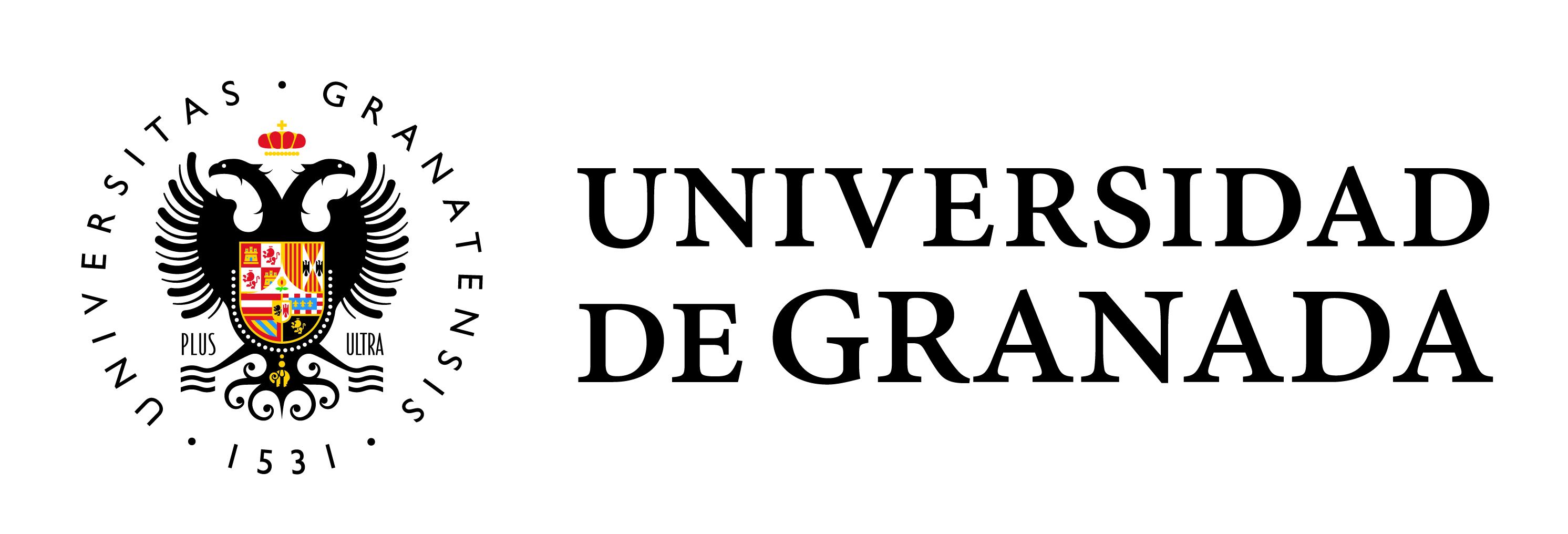Acerca do uso terapêutico das Artes Visuais
Contenido principal del artículo
Resumen
À semelhança do que ocorreu no âmbito da educação artística, desde meados do século XX, os procesos de criação e experiência artística têm vindo a ser integrados na comunicação terapêutica. Neste artigo exploramos possibilidades constitutivas e regulatórias dos programas da arte-terapia, focando as suas origens históricas, bem como as suas dimensões relacionais, materiais e concetuais. Destacamos a arte-terapia que privilegia os recursos terapêuticos das artes visuais, mostrando como os seus programas de intervenção ativam princípios estabelecidos nas teorias psicanalítica, desenvolvimental e enativista. Como ilustração, centramo-nos na corrente do Continuum das Terapias Expressivas, a qual, em virtude das suas bases construtivistas, é reveladora da variedade e alcance transformador da arte-terapia.



